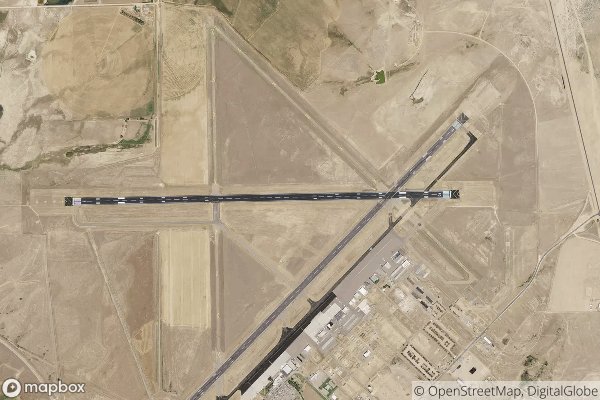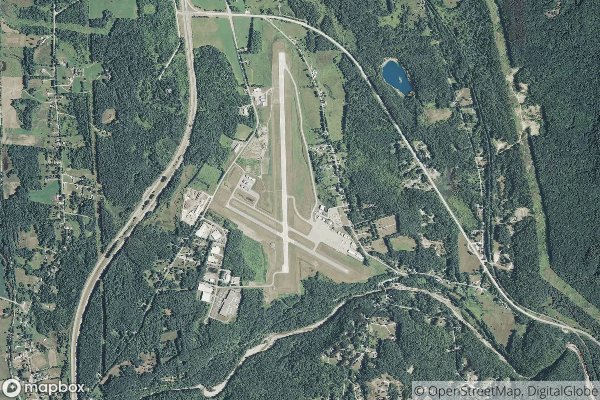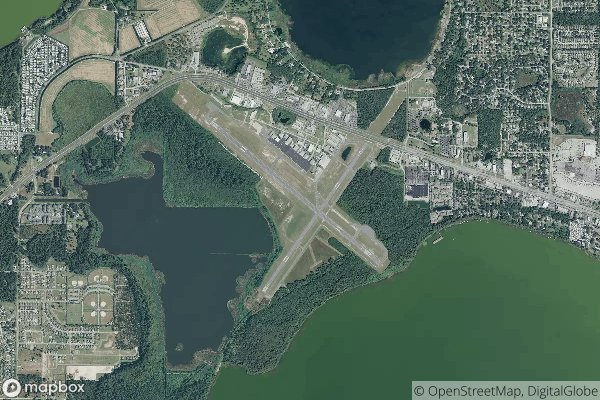| Code: | AKP/PAKP |
| Name: | Anaktuvuk Pass Airport |
| Location: | Anaktuvuk Pass, Alaska |
| Distance from downtown: | Approximately 1 mile |
| Major area served: | North Slope Borough |
- See here the complete List Of All Airports In United States with Codes.
Understanding AKP/PAKP Airport Code (Structure of Airport Codes, Challenges and Confusions)
Airport codes play a crucial role in air travel, enabling passengers, crew, and air traffic control to identify specific airports quickly and efficiently. The AKP/PAKP Airport Code, like all other airport codes, follows a specific structure and serves as a unique identifier for the airport. However, understanding the structure of airport codes and decoding them can be quite challenging for those not familiar with the aviation industry.
Decoding Airport Code
The AKP/PAKP Airport Code, in particular, can seem like a string of random letters to the uninitiated. However, each letter in the code has a specific significance and follows a standardized format. For instance, in the case of the AKP/PAKP Airport Code, “AKP” represents the location identifier, while “PAKP” provides additional specificity.
Decoding the airport code involves understanding the conventions and rules set by the International Air Transport Association (IATA) and the International Civil Aviation Organization (ICAO). These organizations regulate the assignment and structure of airport codes, ensuring consistency and clarity in aviation communication.
Operational Significance
The AKP/PAKP Airport Code holds significant operational value in the aviation industry. Pilots use airport codes to file flight plans, communicate with air traffic control, and navigate their routes. Airline operators rely on these codes for scheduling flights, managing airport facilities, and coordinating ground operations. Additionally, passengers use airport codes to book flights, track their itineraries, and identify layover locations.
Understanding and correctly interpreting the AKP/PAKP Airport Code is vital for ensuring seamless and safe air travel. Misinterpreting or miscommunicating airport codes can lead to confusion, delays, and potential safety hazards in aviation operations. Therefore, all aviation personnel must be well-versed in the decoding and usage of airport codes.
History of Airport Codes
The history of airport codes dates back to the early days of commercial air travel. Originally, airport codes consisted of two letters and were primarily used for weather reporting. As air traffic grew, the need for more specific and standardized airport codes became apparent. This led to the introduction of three-letter airport codes, allowing for a more extensive and distinguishable set of identifiers.
In conclusion, the AKP/PAKP Airport Code, like all airport codes, holds significant importance in the aviation industry. Understanding the structure, decoding the code, and recognizing its operational significance are essential for all stakeholders involved in air travel. By adhering to established standards and ensuring clear communication, the aviation community can leverage airport codes to facilitate efficient and safe air transportation.




